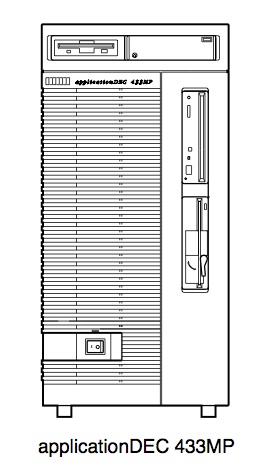Sanbolic offers the economics of cloud storage

I recently had the opportunity to speak with a couple folks from Sanbolic including Momchil “Memo” Michailov, Founder and CEO, and his colleague, Andy Melmed, Sanbolic's VP of Enterprise Architecture, about how organizations can obtain some of the same economic benefits of cloud storage in their own IT infrastructure. The conversation was fast and furious and focused on how Sanbolic's Melio version 5 (Melio5™) software uses server-side flash-based caching technology to both offer improved performance and reduce the overall cost.
Here's how Sanbolic describes their software
Sanbolic® ... announced the general availability of its Melio5™ software – delivering distributed scale-out, high-availability, and enterprise data services through software. Server-side flash has seen rapid adoption for applications such as hyperscale web serving, but limited adoption in general purpose enterprise applications. Sanbolic enables enterprise customers to dramatically improve their storage infrastructure economics by enabling server-side Flash, SSD, and HDD as primary persistent storage. Melio5 aggregates across nodes for scale-out and availability while providing RAID, remote replication, quality of Service (QoS), snapshots and systems functionality through a software layer on commodity hardware. This provides customers with the ability to deploy commodity and server-based storage architecture with similar economics and flexibility as public cloud data centers such as Google and Facebook.
With validation by hundreds of enterprise and government accounts running in production, Melio5 volume management and file system technology addresses the needs of high performing cost effective storage infrastructure on premise. Melio5’s architecture is designed to scale up to 2,048 nodes and up to 65,000 storage devices enabling linear performance scalability in a cluster.
Melio5 also eliminates the need to deploy a redundant flash caching layer in front of legacy storage area network (SAN) hardware by directly incorporating flash into hybrid volumes and intelligently placing data based on file system access profiles. A hybrid volume will place random access data such as file system metadata on flash sectors while placing sequential data on low cost hard disk drives to greatly reduce the cost of capacity. The result is a highly scalable, high performance storage system, with a much lower cost than legacy storage arrays.
Snapshot analysis
Having been involved with Digital Equipment's X86 server group long ago, I found Sanbolic's use of sophisticated, intelligent caching to be similar in concept to what was used to make DEC's high-performance (for the time) X86-based multiprocessing systems work so well. A relatively small amount of expensive high-speed DRAM was used to cache access processors were making to large amounts of much lower cost, slower speed DRAM. This allowed multiple processors to access and share the systems' main memory and also offered excellent performance at a much lower cost.
Walking down memory lane
At the time, this technology made it possible for systems having as many as 4 processors to run the same operating system and support the same server workloads. Although not supported by DEC, I am aware of at least one systems integrator that offered an 8-processor version by using higher-density memory and allowing more buss slots to be used for processor cards.

These systems were offered at prices similar to single or dual processor X86-based systems. The secret sauce was the caching algorithms combined with just the right amount of high-speed cache.
Sanbolic's approach
Sanbolic is using relatively fast flash storage devices combined with their software technology to allow organizations to make much better use of their storage. Sanbolic's goal is to match the economics offered by cloud storage providers and offer that to everyone.
The company points out that the use of their software combined with commodity storage devices provides systems level availability and as much as 650,000 I/O operations per second per server.
Competition
Sanbolic faces competition on all sides, however. Suppliers such as EMC, HDS, HP, IBM, NetApp and many others are using similar messages to describe their technology. Most of these competitors, however, are offering much more expensive products and don't offer performance that matches what Sanbolic is offering. This, I believe, is one of Sanbolic's biggest competitive differentiators.
Each of these suppliers is using flash storage-based storage and caching algorithms in different ways. Some put the flash in the system buss, some use it in a storage-acceleration appliance, some put it in their storage server, and some offer it as a solid-state storage device designed to replace more traditional rotating media.
If your organization is seeking better storage performance at a lower overall cost, it might be worth speaking to the folks at Sanbolic.